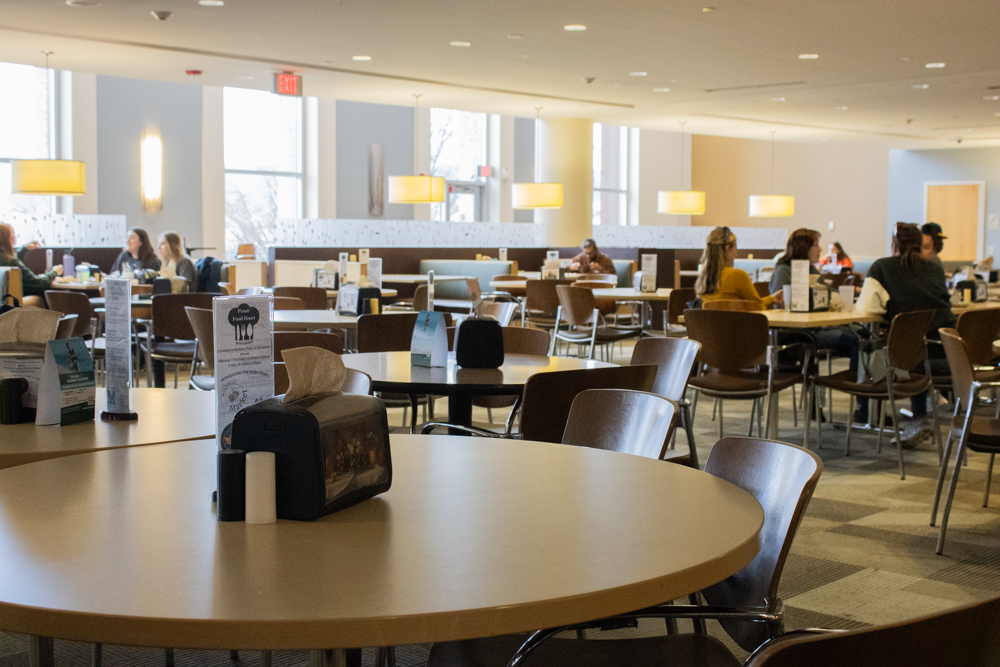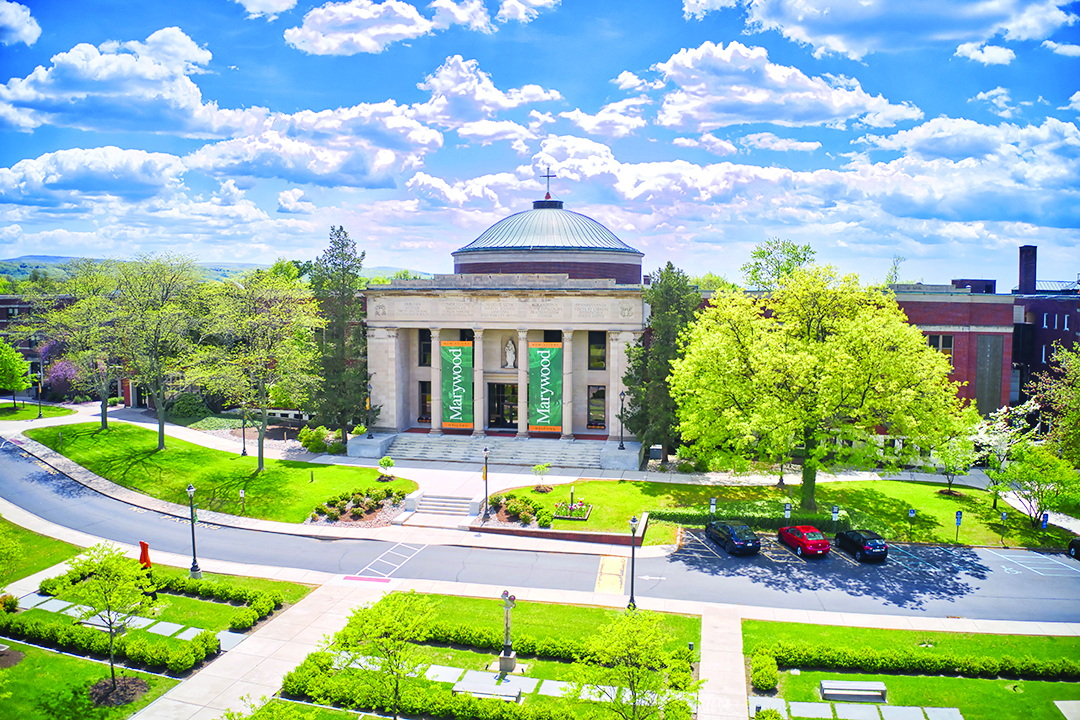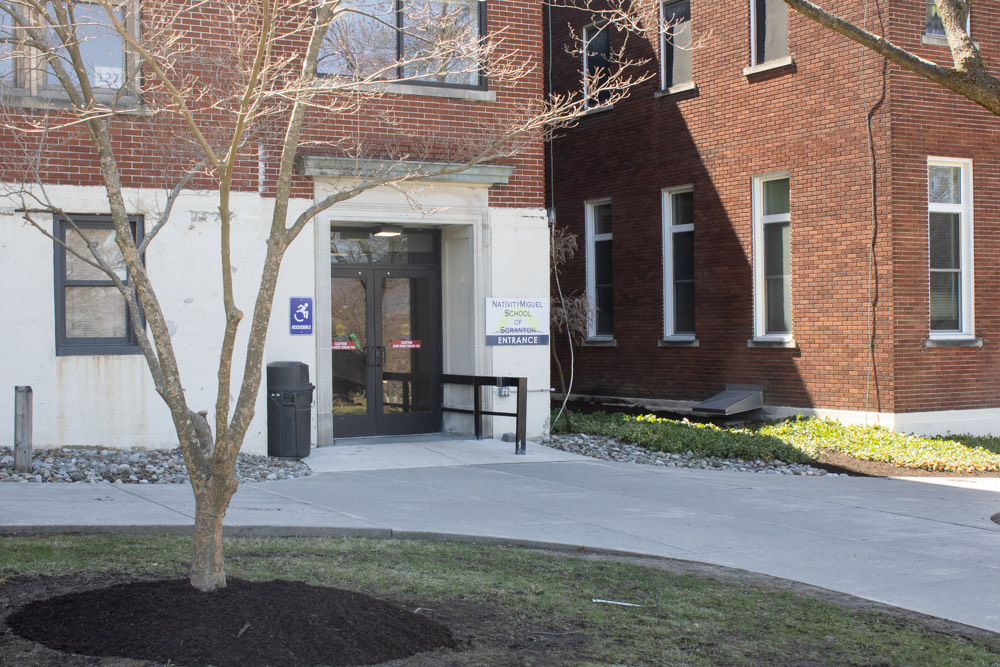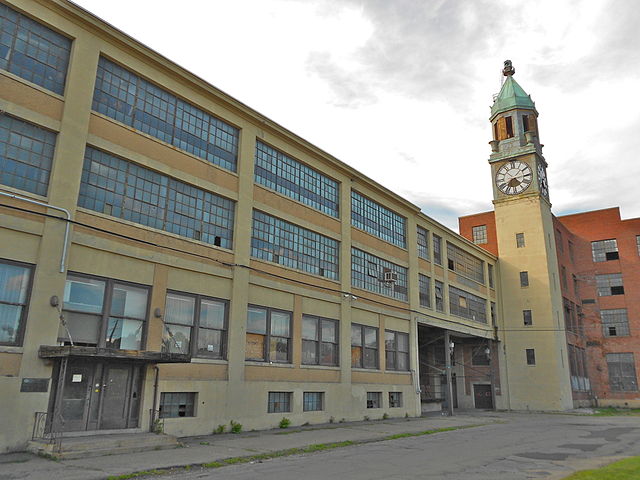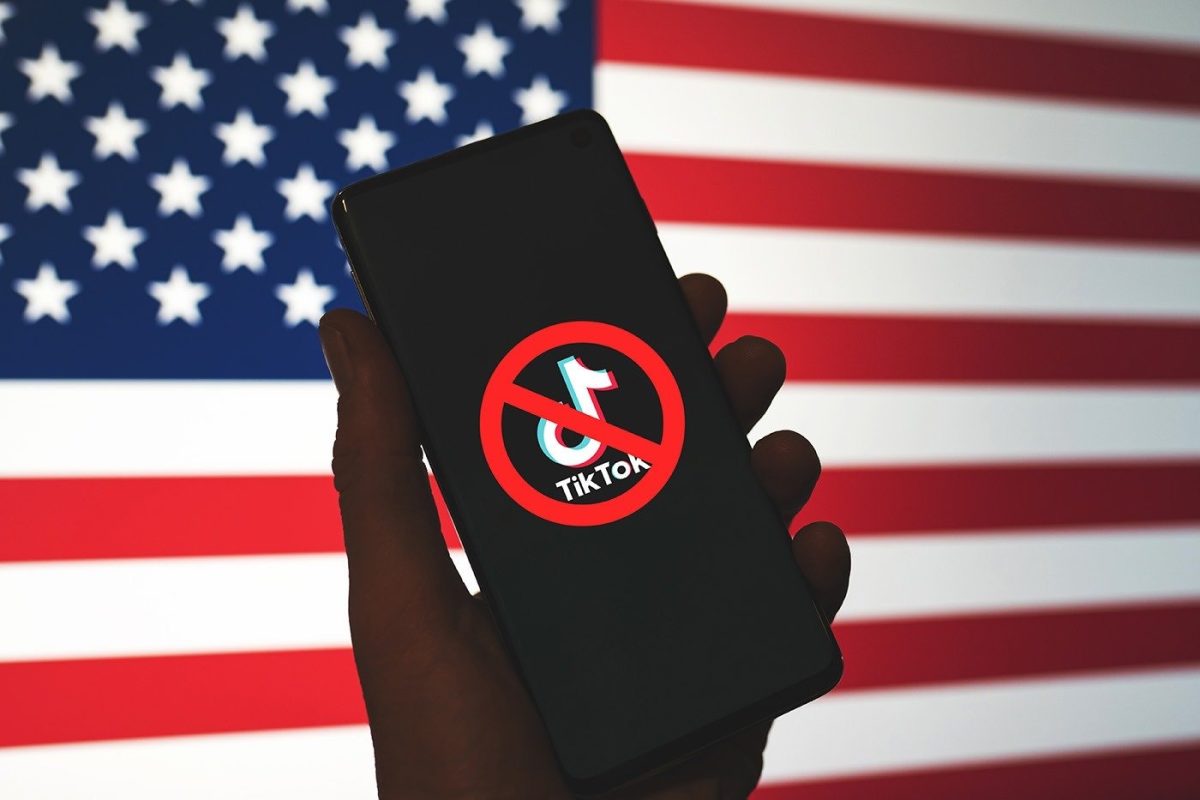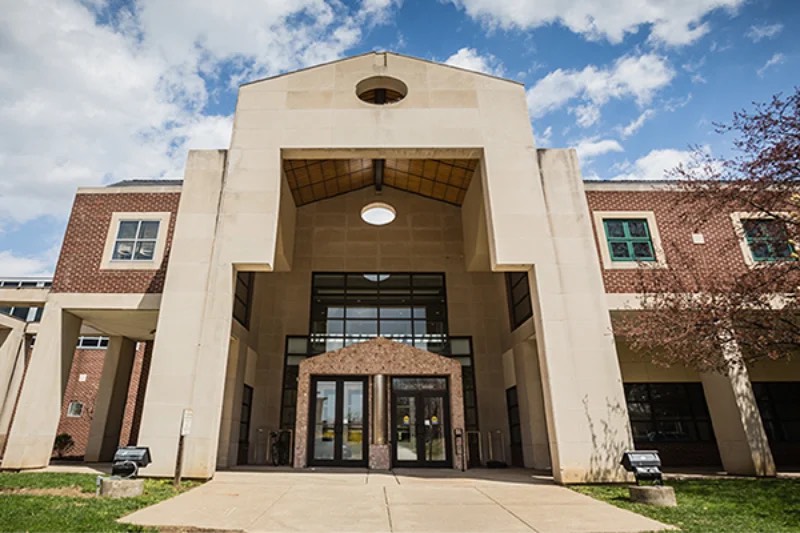With the ever-changing economic climate and rising cost of higher education, statistics show that a large number of college-level students face food insecurity nationwide.
What is food insecurity?
Food insecurity refers to the inability to access food, especially high-quality food, leading to poor eating patterns or little to no eating at all. About 13.5% of families in the United States are considered food-insecure. A 2020 report by the National Postsecondary Student Aid Study (NPSAS) found that 23%, or around 8 million, college students identified as food insecure, revealing the reality of the costs of higher education at the expense of students’ basic needs.
What is the Supplemental Nutrition Assistance Program (SNAP)?
The Supplemental Nutrition Assistance Program (SNAP) is a federally-funded program providing eligible, low-income families aid in their monthly grocery bills. Formerly known as the Food Stamp Program, benefits are determined by household size, income and other criteria.
According to the United States Department of Agriculture, students who are enrolled in a college or university at least half of the time are not eligible for SNAP benefits, unless they meet specific criteria, such as working a part-time job amounting to a certain amount of hours per week or being a single parent.
Students registered for a meal plan through their recognized college or university are ineligible for SNAP. In recent years, there has been an increased investment in higher education provided by the federal government. This refers to need-based financial aid, such as Pell Grants, as well as student loans provided by private servicers through Federal Student Aid that nearly 75% of all undergraduate college students receive. However, it is unclear how the dismantling of the Department of Education will affect this in the future.
What are key causes of increased food insecurity in college students?
Smaller colleges and universities don’t have the best dining options
Though intended to ease the transition to college life and ensure access to meals, dining halls often do not meet the needs of its students. Tastes and preferences change daily and dining hall hours may not accommodate all students. College meal plans are part of the rising cost of higher education, estimated between $3,000 to $5,500 for the academic year and sometimes as high as $9,000 according to U.S. News. For those without a meal plan, access to the dining halls are an additional out-of-pocket cost.
In a study provided by Student Voice, college students say they want to see an increase in the variety of foods and flavors, fewer processed foods and local or organic ingredients offered in their university dining halls. Students ask for longer hours of operation to accommodate those who require early mornings and late nights. About one in 10 students requested prioritizing labeled lists of ingredients wherever food can be purchased. Additionally, dining points or dollars should be accepted everywhere on campus and potentially include local chain restaurants.
Minimum wage jobs just aren’t cutting it anymore
Undergraduate students typically work around 20-30 hours a week, including work study positions within their college or university. Students who work more hours per week are more likely to experience greater financial freedom, but burnout and the possibility of dropping out, or the unfortunate consequence of putting their basic needs, such as food, on the backburner.
Twenty states continue to follow the federal minimum wage of $7.25 per hour, an unproportional rate compared to the rising cost of higher education, making it more difficult for students to pay their own way through college. This is where state and federal financial aid come into play, or students may need to take out private loans in their own name. For students whose parents are willing to help, they can apply for a Parent PLUS Loan through Federal Student Aid. These assistance avenues will typically allow students to cover the cost of attendance and have some refunds for living and other expenses. However, taking advantage of loans will ultimately put students in five to six figures worth of debt upon graduation.
How does food insecurity affect academic success?
Food insecurity can have harmful effects on how students perform in both academic and professional settings. The elevated stress of not obtaining a balanced diet or not having access to food at all combined with the inevitable expectations and stress of school can cause low energy, lack of social skills and ultimately, a lower grade point average (GPA).
Additionally, inadequate nutrition can lead to poor sleep and declining mental and physical health, increasing the chances of stress and depression. College students reported a correlation between food insecurity and lack of sleep, weight gain and bad health overall. They are more likely to reach for fast food or processed microwavable meals for cost and convenience, but these foods are typically full of excess sugars and fats.
How is my university providing support students need?
In February 2020, Marywood University’s Pacer Pantry opened its doors to all students, faculty and staff regardless of income, household size or other restricting factors. This initiative was a collaborative effort between student organizations, faculty, multiple departments and Friends of the Poor, a non-profit organization sponsored by the Sisters, Servants of the Immaculate Heart of Mary (IHM) congregation.
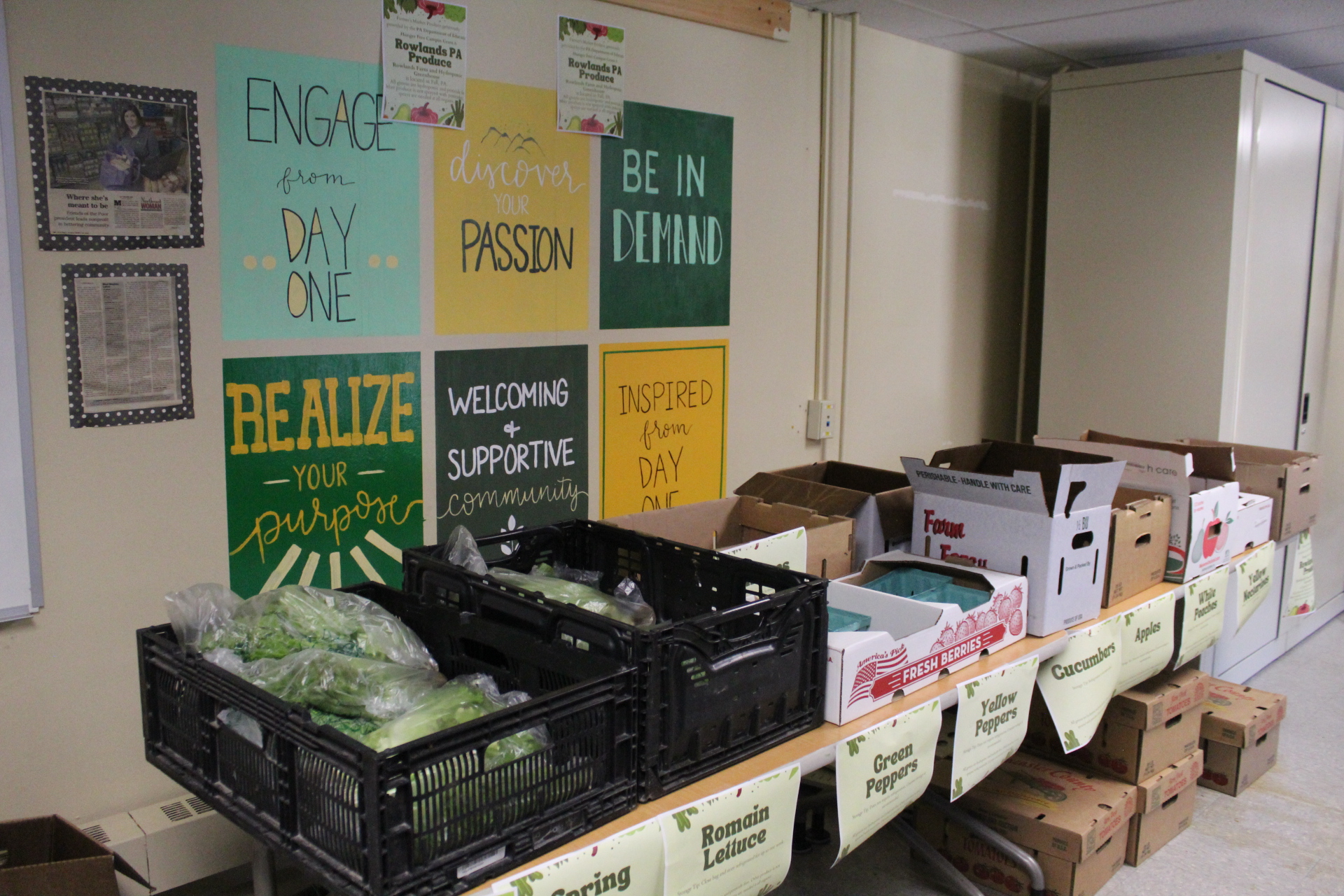
Katherine Horner, a recent graduate of the Nutrition and Dietetics program, has worked at the Pacer Pantry for more than two years. Currently pursuing her Master of Science in Nutrition and Dietetics with an emphasis in sports and human performance nutrition (SHPN), Horner claims the pantry’s biggest hurdle continues to be the stigma surrounding it.
“…increased use of the pantry positively impacts our ability to secure additional supplies and funding,” explained Horner. “The more people take advantage of this resource, the more support we can obtain to continue expanding and improving our services.”
In August 2023, Marywood was designated as a Pennsylvania Hunger Free Campus and in January 2024, received funding through the Pennsylvania Hunger-Free Campus Grant. The Pacer Pantry “…provides valuable educational resources to inform visitors about other accessible food pantries and soup kitchens off-campus [and] we create informational materials to help individuals make the most of the items in the pantry,” said Horner.
Although the Pacer Pantry’s main focus is food security, users are also welcome to a variety of hygiene products.
For more information on Marywood’s Pacer Pantry, follow on Instagram or send an email to [email protected].
Contact the writer: [email protected]



